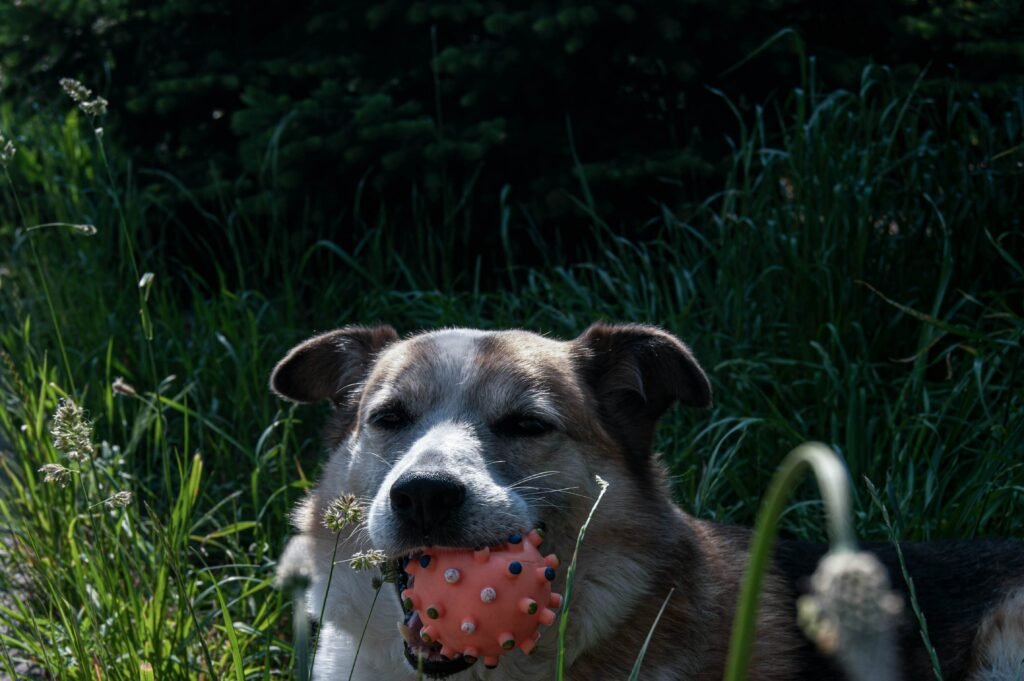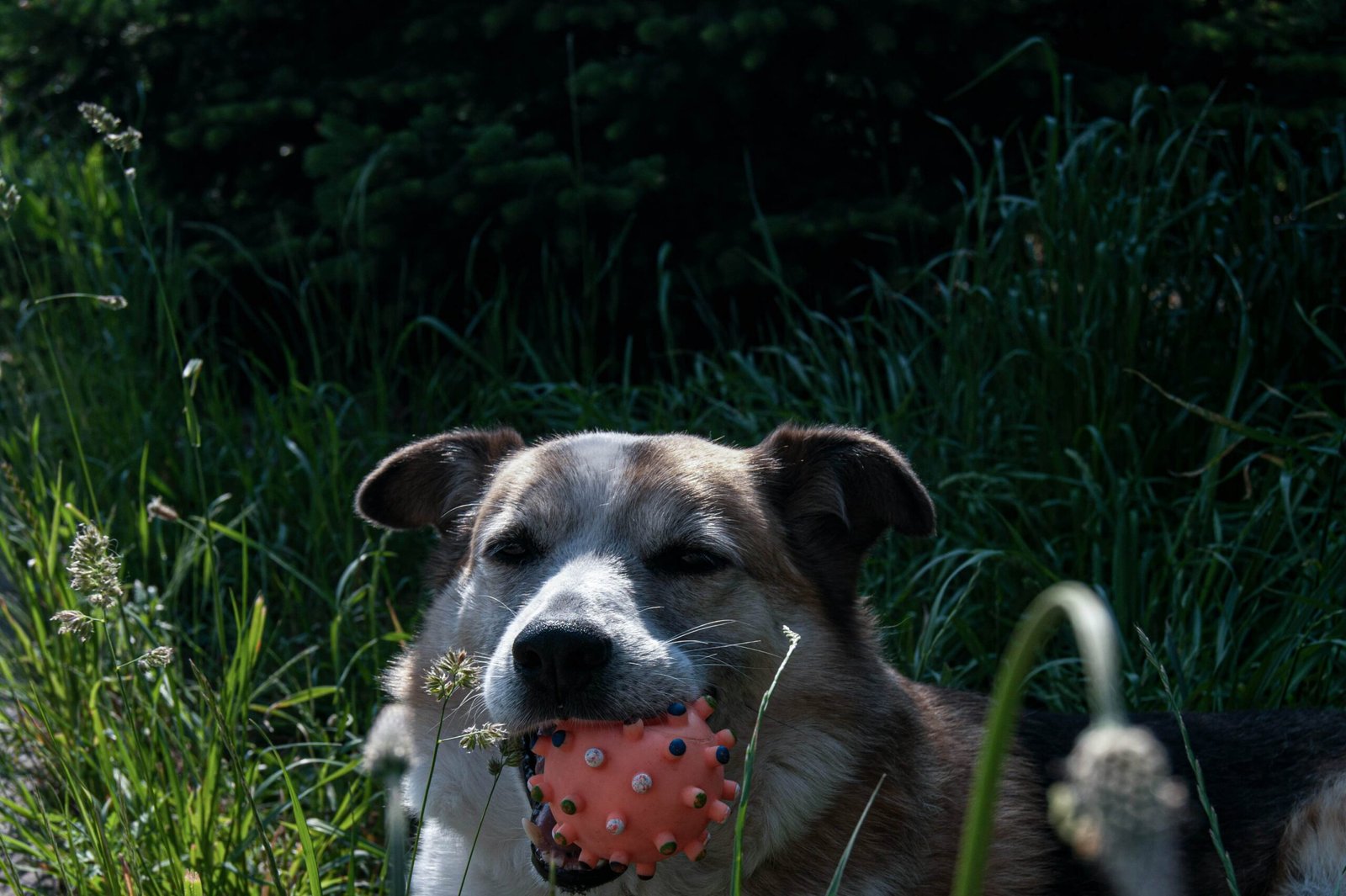Understanding a Lump on Dog After Vaccine
Vaccines are essential for keeping our furry friends healthy, but sometimes they can leave behind unexpected side effects. One common concern pet owners face is noticing a lump on their dog after a vaccine. While these lumps are often harmless and temporary, it’s natural to worry about whether they indicate something more serious. In most cases, these bumps are simply the body’s response to the injection, but understanding what’s normal—and what’s not—is crucial for ensuring your dog’s well-being. In this blog post, we’ll explore the causes of lumps after vaccines, how to monitor them, and when to seek veterinary advice.
Common Causes of Lumps After Vaccination
A lump at the injection site is typically a reaction to the vaccine itself or the body’s immune response. Here are some common reasons why a lump might appear:
Vaccine Reaction : The body may form a small bump as it processes the vaccine ingredients.
Inflammatory Response : The immune system can cause localized swelling as it reacts to the vaccine.
Seroma Formation : Fluid buildup under the skin may occur at the injection site.
Fibrous Tissue Development : Scar tissue can form as the body heals from the injection.
Allergic Reaction : Though rare, an allergic response can lead to swelling or a lump.
Most of these causes are mild and resolve on their own, but it’s important to monitor the lump closely to ensure it doesn’t worsen.
Signs That the Lump May Be Serious
While most lumps after vaccination are harmless, some signs indicate that further investigation is needed. Here’s what to watch for:
Rapid Growth : If the lump grows significantly in size within days, it could signal an infection or tumor.
Redness and Warmth : These symptoms may suggest inflammation or an abscess forming at the site.
Pain or Discomfort : If your dog seems sensitive or in pain when the area is touched, it may require attention.
Persistent Lump : A lump that doesn’t shrink or disappears after a few weeks may need evaluation.
Systemic Symptoms : Fever, lethargy, or loss of appetite alongside the lump can indicate a more serious issue.
If you notice any of these signs, consult your veterinarian promptly to rule out complications.
Check this guide 👉Understanding the DAPP Dog Vaccine: Best 7 Expert Tips!
Check this guide 👉Bordetella Oral Vaccine for Dogs: Best 7 Expert Tips!
Check this guide 👉Why Is My Dog Shaking After a Vaccine? Best 7 Health Tips!

Normal Reactions to Vaccines | Signs of a Serious Issue |
|---|---|
Small, firm lump at injection site | Rapidly growing lump |
Mild swelling that subsides in days | Redness, warmth, or discharge at the site |
Temporary discomfort or sensitivity | Pain or limping near the lump |
Lump disappears within 1-2 weeks | Lump persists beyond 3-4 weeks |
No systemic symptoms | Fever, lethargy, or loss of appetite |
How to Care for Your Dog After Vaccination
Proper care after vaccination can help minimize the risk of complications and ensure your dog stays comfortable. Here are some tips:
Monitor the Injection Site : Check the area daily for changes in size, color, or texture.
Apply a Cool Compress : If there’s mild swelling, a cool compress can reduce inflammation.
Prevent Licking or Scratching : Use an Elizabethan collar or clothing to protect the area from irritation.
Limit Physical Activity : Avoid strenuous exercise for a day or two to allow the body to heal.
Stay Calm and Reassuring : Comfort your dog if they seem anxious or uncomfortable after the shot.
By following these steps, you can support your dog’s recovery and reduce the likelihood of complications.
When to Contact Your Veterinarian
Knowing when to seek professional help is key to ensuring your dog’s health after noticing a lump. Here are situations where contacting your vet is essential:
The Lump Grows Larger : If the lump doubles in size or becomes noticeably bigger, it needs evaluation.
Signs of Infection : Pus, foul odor, or excessive redness around the lump may indicate an infection.
Behavioral Changes : If your dog becomes unusually lethargic or refuses to eat, it could signal a problem.
Lump Lasts Over a Month : Any lump that persists beyond 3-4 weeks should be checked by a vet.
Unusual Symptoms : Difficulty breathing, hives, or facial swelling may indicate an allergic reaction.
Your veterinarian can assess the lump and determine whether further treatment, such as antibiotics or a biopsy, is necessary.
Preventive Measures to Minimize Vaccine Reactions
While vaccine reactions like lumps are often unavoidable, there are steps you can take to minimize the risk or severity of these reactions. Here are some preventive measures:
Choose Experienced Veterinarians : Ensure your dog is vaccinated by a skilled professional who uses proper techniques.
Spread Out Vaccinations : If possible, avoid giving multiple vaccines in one visit to reduce the immune system’s workload.
Monitor Previous Reactions : If your dog has had reactions before, inform your vet so they can adjust the vaccination plan.
Request Smaller Needle Sizes : Using smaller needles may reduce tissue irritation at the injection site.
Administer Antihistamines (if advised) : In some cases, vets may recommend antihistamines before vaccination to prevent allergic reactions.
Taking these precautions can help reduce the likelihood of adverse reactions while ensuring your dog stays protected.
How to Differentiate Between Normal and Abnormal Lumps
Not all lumps after vaccination are the same, and understanding the differences can help you respond appropriately. Here’s how to tell them apart:
Size and Shape : Normal lumps are typically small, round, and localized to the injection site.
Texture : A soft or slightly firm lump is usually harmless, while hard or irregular lumps may need evaluation.
Duration : Lumps that shrink within days or weeks are generally normal, but persistent ones require attention.
Mobility : A lump that moves easily under the skin is less concerning than one that feels fixed or immovable.
Associated Symptoms : Normal lumps rarely cause systemic symptoms, whereas abnormal ones may be accompanied by fever or lethargy.
By paying attention to these details, you can better assess whether a lump is typical or warrants further investigation.
Long-Term Care for Dogs with Vaccine Reactions
If your dog frequently experiences vaccine-related lumps or other reactions, long-term strategies can help manage their health. Here are some approaches to consider:
Titers Testing : Ask your vet about antibody titer tests to determine if certain vaccines are truly necessary.
Vaccine Alternatives : Explore non-core vaccines or alternative schedules based on your dog’s lifestyle and risk factors.
Keep Detailed Records : Maintain a record of all vaccinations and reactions to help your vet make informed decisions.
Focus on Overall Health : Strengthen your dog’s immune system through a balanced diet, exercise, and regular vet checkups.
Discuss Vaccine Protocols : Work with your vet to create a customized vaccination plan tailored to your dog’s needs.
By taking a proactive and personalized approach, you can minimize risks while keeping your dog safe and healthy in the long run.
Frequently Asked Questions About Lumps After Vaccination
Is it normal for my dog to have a lump after a vaccine?
Yes, a small lump at the injection site is common and usually resolves on its own within a few weeks.
How long does a lump after a vaccine last?
Most lumps disappear within 1-2 weeks, though some may take up to 3-4 weeks to fully resolve.
Can a lump after a vaccine turn into cancer?
While extremely rare, certain types of vaccines have been linked to sarcomas in cats, but this is uncommon in dogs.
Should I be worried if the lump is hard?
A firm lump is often scar tissue forming, but if it grows or causes discomfort, consult your vet.
What can I do to reduce swelling after a vaccine?
Applying a cool compress and preventing your dog from licking the area can help reduce swelling.
Staying Proactive About Your Dog’s Health
Noticing a lump on your dog after a vaccine can be concerning, but in most cases, it’s a normal and temporary reaction. By monitoring the lump closely, providing proper care, and knowing when to seek veterinary advice, you can ensure your dog remains healthy and happy. Remember, vaccines play a vital role in protecting your furry friend from serious diseases, so don’t let a minor reaction discourage you from keeping them up to date. With vigilance and care, you can address any concerns quickly and continue to provide your dog with the best possible quality of life.
Canned Pumpkin for Cat Diarrhea: Best 7 Expert Tips! Natural remedy to firm stools, soothe upset bellies, and support gut health safely.
Can a Cat Give You Scabies? Best 7 Expert Tips! Discover the truth about feline mites, human skin risks, and how to protect yourself—without panic.
Cat Flea vs Human Flea: Best 7 Expert Tips! Discover the truth about bites, species, and how to eliminate infestations for good.
Weird Cat Behaviors: Best 7 Expert Tips! Discover why cats do strange things—and how to understand, not punish, their instincts for a happier home.





